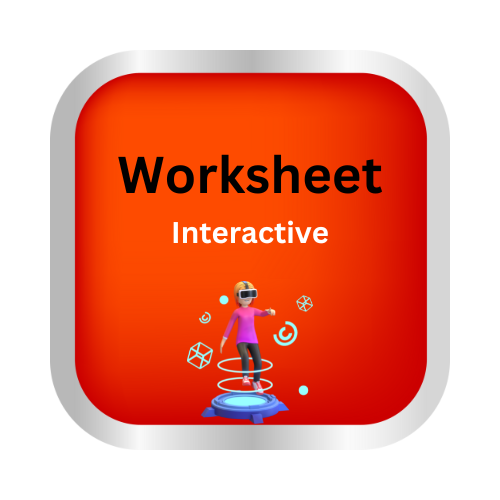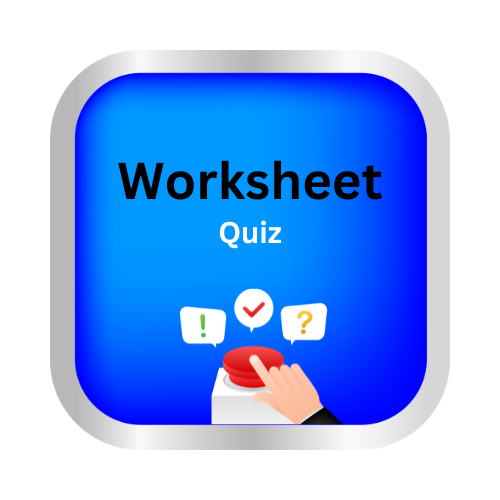Use relative adverbs
Key Notes:
🌟 Use Relative Adverbs ✨
| 🔑 What are Relative Adverbs? |
Relative adverbs are special words that connect a sentence (or clause) to a noun and tell where, when, or why something happens.
👉 The three main relative adverbs are:
- Where 📍 → shows place
- When ⏰ → shows time
- Why ❓ → shows reason
| 📝 Examples: |
Where 📍
- This is the park where we play football. ⚽
- I know the shop where we buy sweets. 🍬
When ⏰
- I remember the day when we went to the zoo. 🐯
- Summer is the season when we enjoy mangoes. 🥭
Why ❓
- I don’t know the reason why she is upset. 😔
- That is the reason why we study hard. 📖💡
| 🎯 Quick Tips: |
- Use where for places 🏡
- Use when for time ⏳
- Use why for reason 🔍
| 🌈 Fun Practice Sentences: |
Fill in the blanks with the correct relative adverb!
- Do you remember the time ___ we first met? 💬
- That’s the place ___ my grandparents live. 🏠
- Can you tell me the reason ___ you were late? ⏳
✨ Relative adverbs make our sentences more connected and meaningful! 🌟
Let’s practice!🖊️
Pages: 1 2

